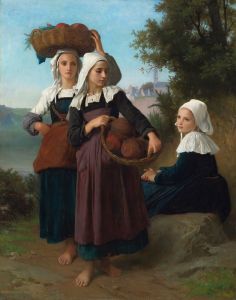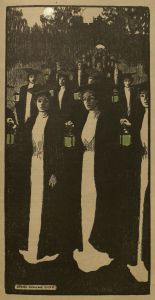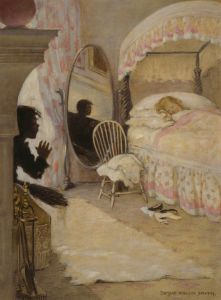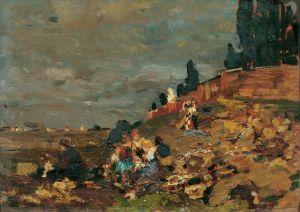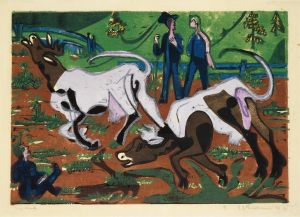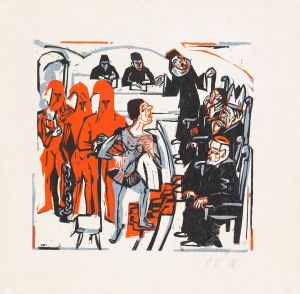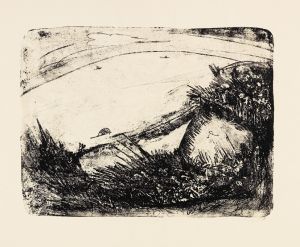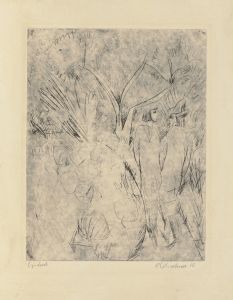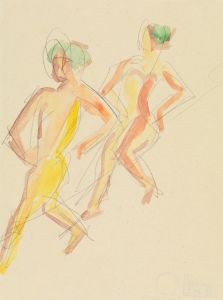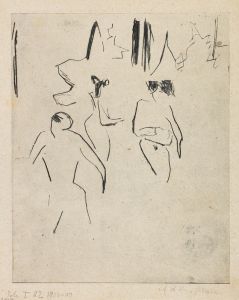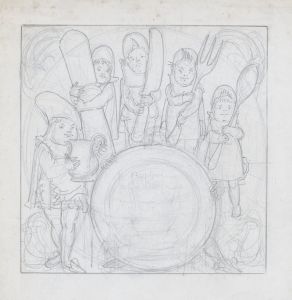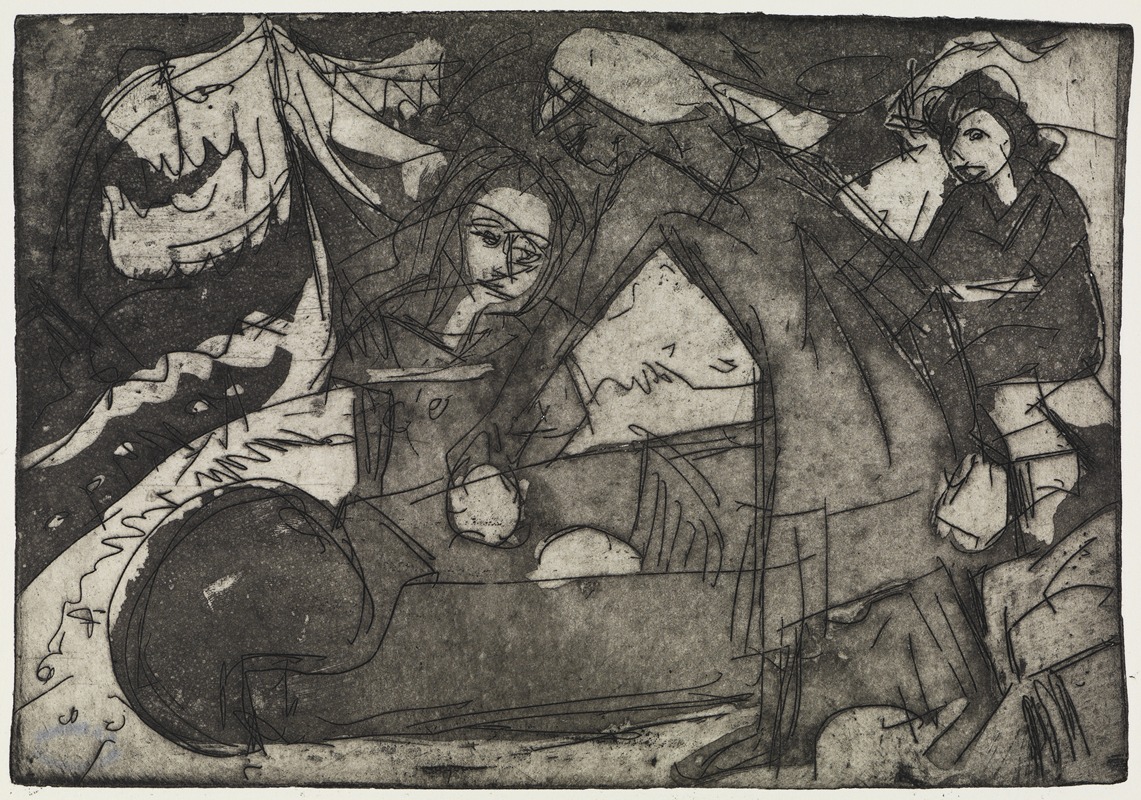
Mädchen mit zwei Kindern
A hand-painted replica of Ernst Ludwig Kirchner’s masterpiece Mädchen mit zwei Kindern, meticulously crafted by professional artists to capture the true essence of the original. Each piece is created with museum-quality canvas and rare mineral pigments, carefully painted by experienced artists with delicate brushstrokes and rich, layered colors to perfectly recreate the texture of the original artwork. Unlike machine-printed reproductions, this hand-painted version brings the painting to life, infused with the artist’s emotions and skill in every stroke. Whether for personal collection or home decoration, it instantly elevates the artistic atmosphere of any space.
Ernst Ludwig Kirchner, a prominent German expressionist painter and one of the founding members of the artist group Die Brücke, created the painting "Mädchen mit zwei Kindern" (translated as "Girl with Two Children"). This artwork is a significant example of Kirchner's style, which is characterized by bold colors, dynamic compositions, and expressive forms.
Kirchner was born on May 6, 1880, in Aschaffenburg, Germany, and he studied architecture before fully committing to painting. In 1905, he co-founded Die Brücke in Dresden, a group that aimed to create a new form of artistic expression that broke away from traditional academic styles. The group was heavily influenced by non-Western art, particularly African and Oceanic art, and sought to convey raw emotion and a sense of immediacy in their works.
"Mädchen mit zwei Kindern" reflects Kirchner's interest in depicting human figures in a way that emphasizes their emotional and psychological states. The painting features a young girl accompanied by two children, rendered in Kirchner's distinctive style. The figures are elongated and stylized, with exaggerated features that convey a sense of movement and vitality. The use of vibrant, contrasting colors and bold brushstrokes is typical of Kirchner's work during this period.
Kirchner's work often explored themes of modern life, urbanization, and the human condition. His paintings frequently depicted scenes of city life, nudes, and portraits, capturing the tension and dynamism of the early 20th century. "Mädchen mit zwei Kindern" can be seen as part of this broader exploration, focusing on the intimate and personal aspects of human relationships.
Throughout his career, Kirchner faced numerous challenges, including the trauma of World War I, which had a profound impact on his mental health. He volunteered for military service but was discharged due to a nervous breakdown. This experience influenced his later works, which became darker and more introspective.
In the 1930s, Kirchner's art was labeled as "degenerate" by the Nazi regime, and many of his works were confiscated from German museums. This period was marked by increasing isolation and hardship for the artist. Despite these difficulties, Kirchner continued to produce art until his death by suicide on June 15, 1938, in Frauenkirch, Switzerland.
"Mädchen mit zwei Kindern" remains an important piece within Kirchner's oeuvre, exemplifying his unique approach to form and color, as well as his ability to convey deep emotional resonance through his art. The painting is a testament to Kirchner's enduring influence on the expressionist movement and his contribution to the development of modern art.





